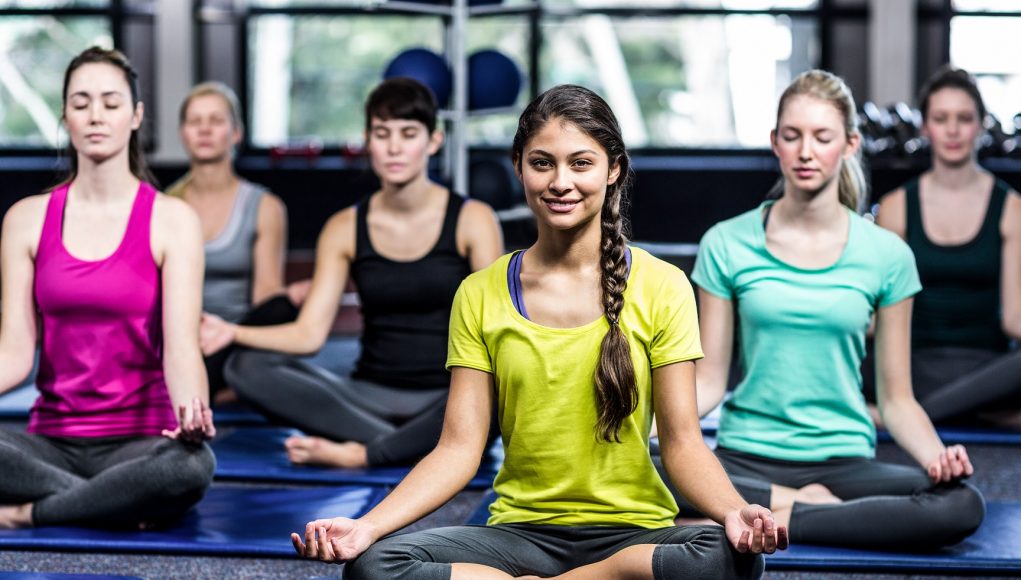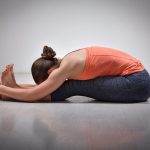Yoga for Insomnia
Sleepless, tossing and turning, counting sheep, reciting multiplication tables and poetry and still awake like the proverbial owl? You can turn to yoga for help.
Insomnia has become increasingly prevalent these days. The rat race keeps us whirring around like a rodent in a maze. Most of us who lead busy urban lives end up suffering from sleepless nights that leave us cranky and tired.
The ancient art of yoga is being increasingly recognized as helping in insomnia. A major part of yoga is basically about focusing on your breath. The oxygen then flows freely to different parts of the body and energizes you. At the same time, it relaxes tensed muscles and tendons and helps your body recover and relax. Yoga reduces stress levels and gradually calms the agitated mind.
Here are some simple yoga techniques and asanas that will help you to counter insomnia:
Focus on your breath. It is not easy to empty the mind of thoughts….so let them flow. Just sit cross-legged on your bed, close your eyes and in your mind’s eye see yourself breathe in and out. You don’t have to count or hold your breath. Just be watchful.
Sit cross-legged, take a deep breath and stretch your body upwards. Gradually turn the body to the left while exhaling. Hold on to your headboard for support. Stay in this position for 3 to 5 deep inhalations and exhalations. Breath out as you come back to the straight posture. Take a deep breath and twist to the right while exhaling. Stay in this position and breath in and out 3 to 5 times, exhale and come back to the straight position. Repeat 3 to 5 times.
Sit cross-legged and gently bend forward from your hips. Stretch your hands straight out in front of you. Stay in this position and take a few deep breaths in and out. This helps to stretch the hips and back.
Stretch the legs straight in front of you. Inhale and stretch upwards, exhale and reach out for your feet. Ideally, keep the legs straight but if you are a beginner, you can bend the to keep your back straight. This posture helps you relax.
Slowly lie down on your back. Pull up the left leg and hug the knee, trying to touch your chest. Inhale and exhale 3 to 5 times. Release and repeat the same movements for the right leg and knee.
The next pose is to bring both the knees together up to your chest. Try to rock your body from one side to another. Repeat 3 to 5 times, relax.
Lie straight on the bed stretching out your limbs while keeping the palms facing upwards. Let the feet splay. Rest and focus on each part of your body one by one and consciously relax that part. Start with the top of your head and go through your forehead, eyebrows, ears, nose, lips and mouth, chin, neck, torso, upper arms, lower arms, palms and fingers, upper torso, stomach region, each segment of your legs and ending with the toes. A few days of this asana, you will most probably be asleep when you are half way through!
Remember:
- Consult a doctor if you have a chronic problem or disease before starting yoga.
- Go to a qualified yoga teacher.
- Listen to your body and don’t overdo it.
- Stay within your comfort zone; take care not to injure the body.
- Gradually add each asana only after you are comfortable with the previous one.


















































